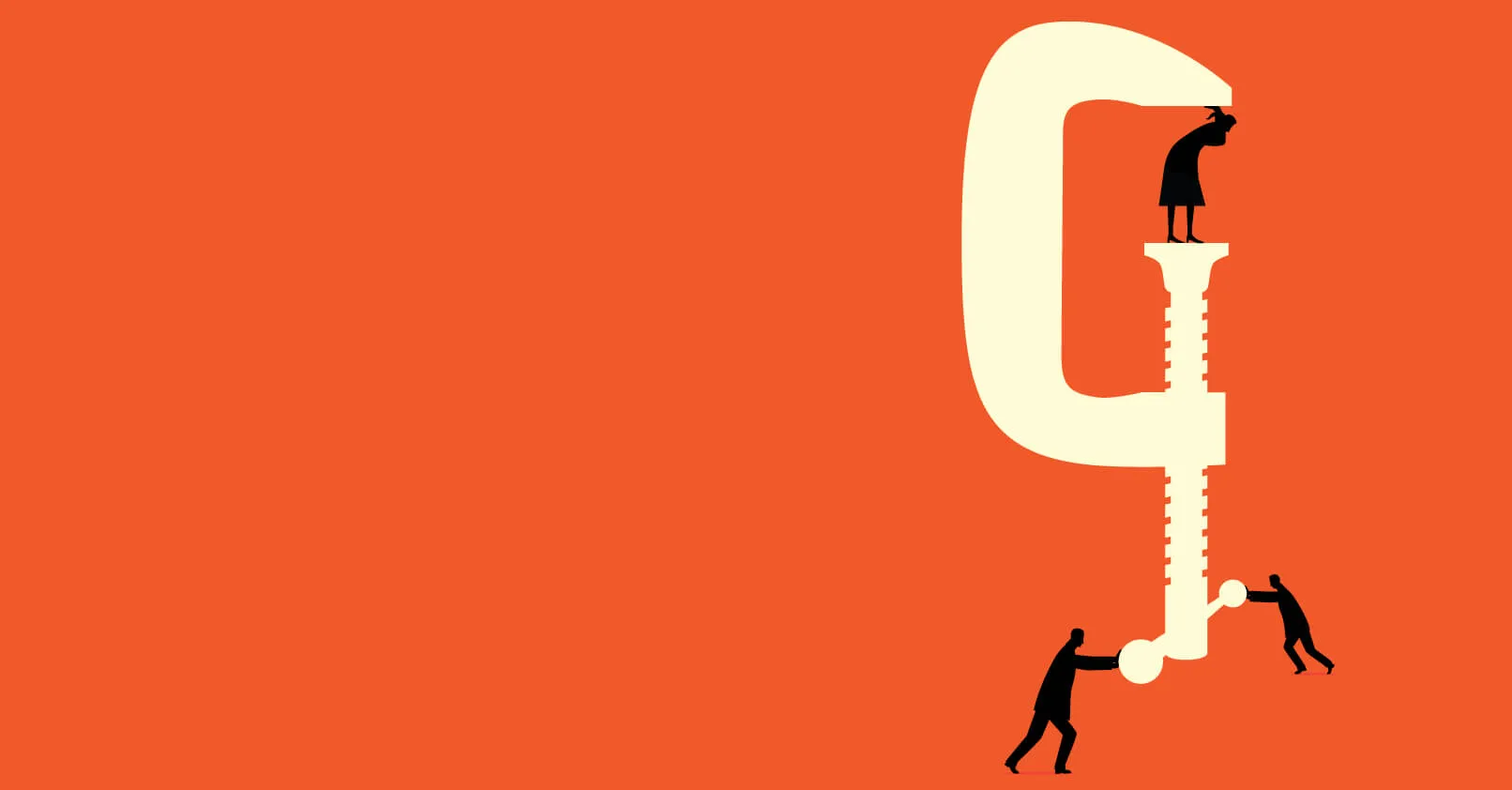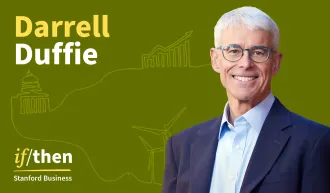How Work Stress Hits Minorities and Less Educated Workers the Hardest
Researchers analyze workplace health to find inequalities.
February 25, 2016

iStock/dane_mark
Workplace stress can shave years off your life, according to a joint study by Stanford and Harvard researchers. But while these stressors, like job insecurity and high job demands, affect all American workers, they take the biggest toll on minorities and people with less education.
“The gains in life expectancy over the past 30 years have gone to a relatively small segment of the population, and there’s another segment of the population — minorities — where it’s gone in the other direction,” says Jeffrey Pfeffer, an organizational behaviorist at Stanford Graduate School of Business.

Tricia Seibold
Stressful jobs contribute to 120,000 deaths each year and cost U.S. businesses up to $190 billion in health care costs. These stressors particularly hurt minorities with low levels of education, who often work in unhealthy environments that can shorten lifespans. Researchers looked at 228 studies examining how 10 workplace stressors affect a person’s health and used an algorithm to break down the results based on ethnicity.
Workplace stressors had the largest impact on non-Hispanic black men with less than 12 years of education, whose life expectancy decreased about 1.7 years. Non-Hispanic white women with more than 17 years of education were the least impacted, losing 0.3 years from their lives due to workplace stressors.
Pfeffer says he decided to study workplace stressors after skyrocketing health care costs kept showing up in the news. The U.S. government spends more on health care, per capita, than many other first-world countries. And while businesses were focused on coaxing individuals to practice healthier behaviors outside of the workplace, he adds, there was no research to show what kind of effect work had on an employee’s health.
“We discovered that a significant fraction of the inequality in health outcomes can be attributed to the fact that the people with less education get sorted into jobs in which they are more likely to face harmful work exposures,” Pfeffer says.
Workers with less education are more likely to take jobs with more workplace stress, such as those involving shift work, experiencing frequent layoffs, or demanding long hours. Occupations requiring more years of education also experience some of the same stressors, but those stressors are unlikely to have the same impact.
For example, an employee at a fast food chain has little job security and no job control. A banker, on the other hand, has a high level of control and more job stability. While both the fast food worker and the investment banker may have highly demanding jobs, says co-author and operations researcher Stefanos Zenios, the banker is far more secure than the fast food employee.
“Pay attention to where you work if you have a choice,” Zenios adds. “It does make a difference. It can cut your life expectancy.”
Long term, however, there needs to be a shift in how companies treat employees, Pfeffer says. Instead of focusing on changing individual behaviors, like exercising more and smoking less, employers should take a hard look at the kinds of workplaces they’re providing for employees. Because Americans spend so much time at work, a high-stress environment could push employees toward unhealthy habits, which increase health care costs for the company.
To prevent adverse health effects among employees, both Zenios and Pfeffer recommend putting time and effort into making the workplace less stressful. Creating a social support network, for example, can help employees better handle stress. Giving a manager more autonomy over tasks can also reduce stress.
Although the study is sound, the algorithm does have its limitations, says Joel Goh, an operations researcher at Harvard University. Because the data isn’t perfect, the researchers used averages. Instead of differentiating between a fast food employee who was a fry cook and an employee at the same restaurant who was a manager, the health effects were averaged out, he adds. “We knew the limitation of this going into it,” Goh says, “[but] having something imperfect is better than having nothing at all.”
The next step is to use this information to advocate for workers, and minority workers in particular, Zenios says. Any improvements within the workplace will reduce mortality — and benefit the bottom line.
“If companies are serious about controlling their health care costs, they need to work on the problems caused by these [adverse] exposures,” Pfeffer adds.
For media inquiries, visit the Newsroom.
Explore More

Why Hospitals Underreport the Number of Patients They Infect

How Big Data Can Help You Choose Better Health Insurance



